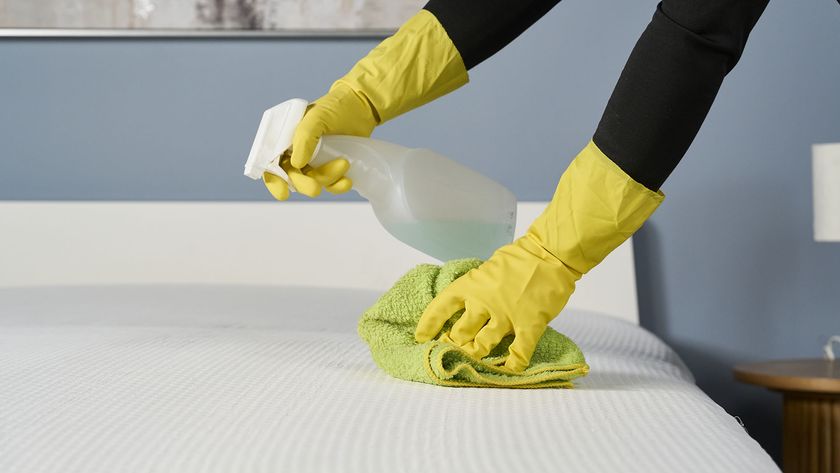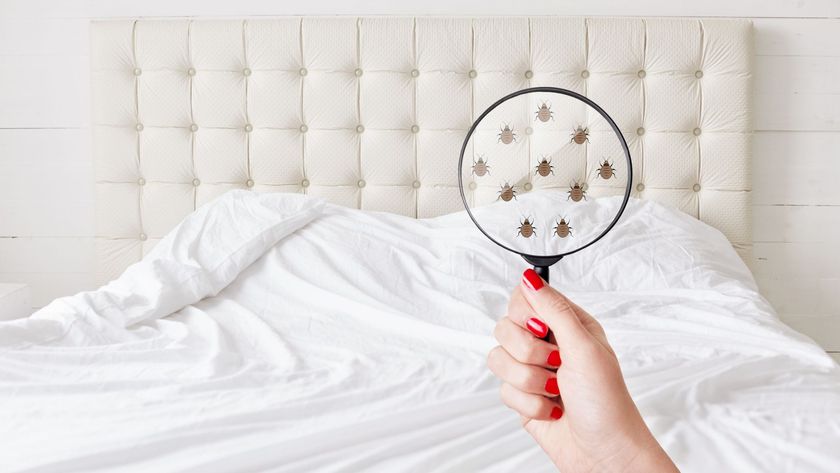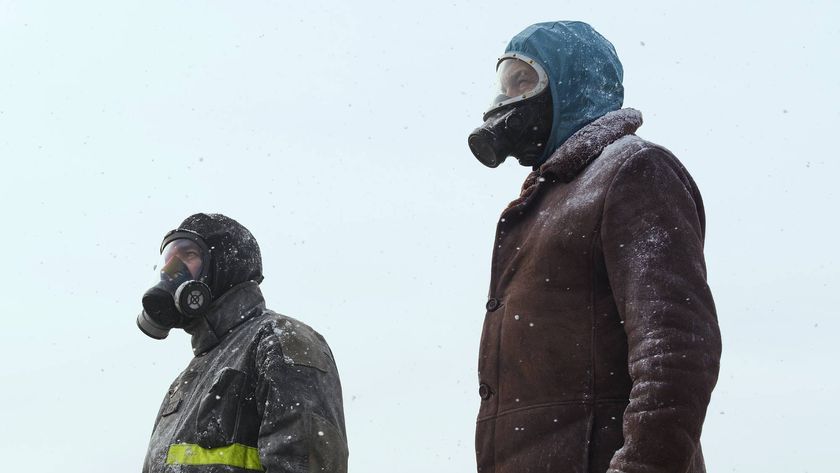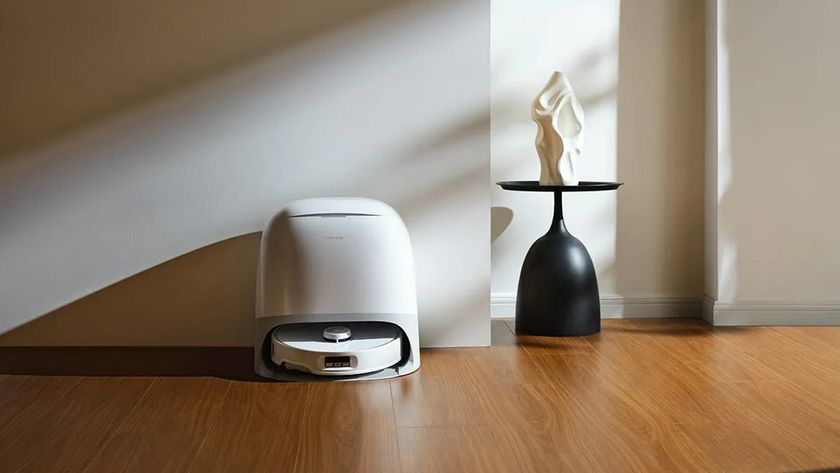7 places you never realized you could pick up bed bugs
Here’s where bed bugs like to hide
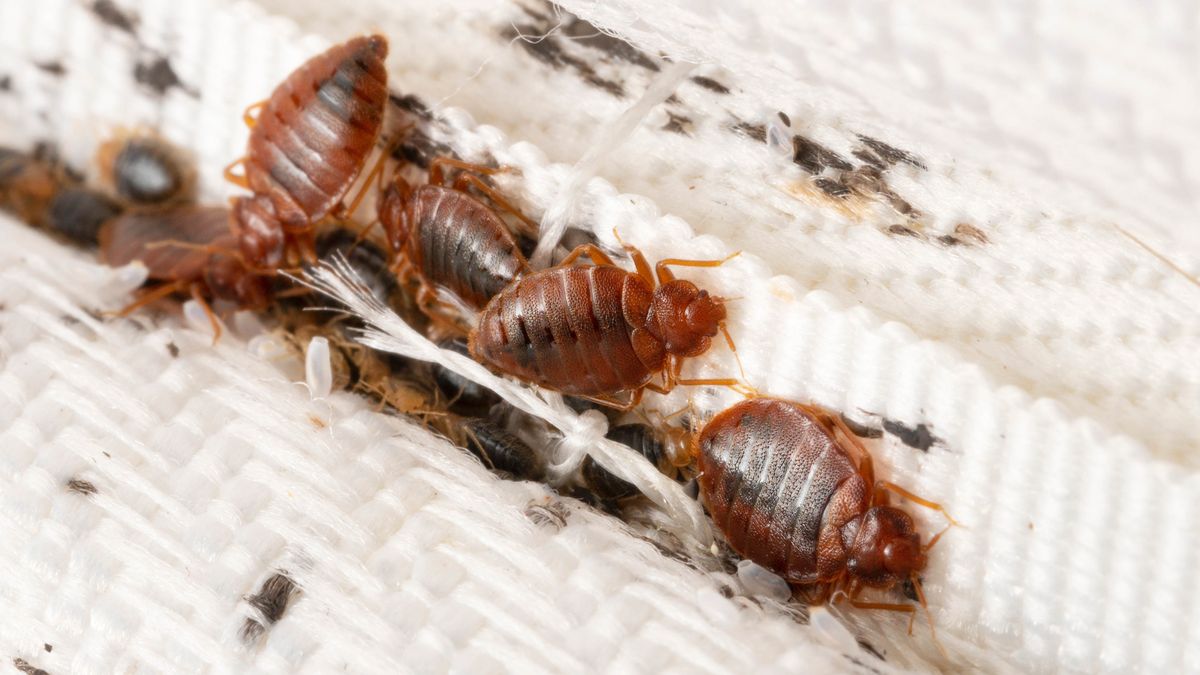
No household pest is a welcome guest, but bed bugs are particularly disliked — and for good reason. These small insects are quick to spread and infest a new home once they’ve made their way inside, preferring to nest in soft furnishings and fabrics. They appear as brown, flat, oval-shaped bugs that can grow to 3/16ths of an inch in length, but are often hard to spot until the infestation is already well underway. More often, people notice they have an issue when they begin to get bitten; bed bugs feed on human blood and can leave very itchy welts behind if the person is allergic.
The good news is that bed bugs don’t cause any long-term harm and aren’t dangerous to human health, minus the annoyance of the bites themselves. However, eliminating them requires a lot of work and possibly even a fumigation of your home. It is much easier to prevent getting bed bugs in the first place than it is to treat an existing bed bugs problem. By knowing where bed bugs like to hide, you can take necessary precautions to keep yourself from accidentally bringing an insect or two into your home. Here are seven popular places that you can pick up bed bugs.
If you need to know how to get rid of bed bugs, we've got you covered here too.
1. Antique and secondhand furniture
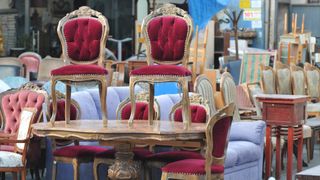
Bed bugs like to hide out on soft fabrics, especially ones that get a lot of human proximity as this makes feeding easier. Upholstered furniture, such as armchairs and couches, are common places for bed bugs to hide as they are attracted to the human odors and oils that are left behind on these seating areas. While you are most likely safe from bed bugs when buying new furniture, secondhand and antique furniture pose a much greater risk of contamination.
Reputable antique stores should check all their furniture for any potential infestation, but be careful when looking at items at an estate sale, garage sale or even just left out on the curb. It is much more likely that these older items may have become a home to bed bugs, especially if the material is a soft furnishing. Wooden or metal pieces are less risky, but should still be inspected, and even treated, before they enter the home.
Steam cleaning is an effective way to eliminate bed bugs in soft furnishings.
2. Movie theaters and other public spaces

Just as bed bugs are attracted to soft seating in the home, so too are they attracted to other popular public seating areas. Movie theaters, performance spaces and restaurants often have upholstered seating for improved comfort, which can then easily become home to bed bugs. These places also see a lot of traffic, with many people coming in and out and touching their clothes and bags to the seating. This makes for an easy transfer of bed bugs from fabric to fabric, spreading them from one home to multiple others. Keep in mind these pests are unlikely to spread directly via the clothes you're wearing, but inanimate textiles, such as fabric bags and loose coats are easily susceptible.
Sign up to get the BEST of Tom's Guide direct to your inbox.
Get instant access to breaking news, the hottest reviews, great deals and helpful tips.
As bed bugs can be very small and hard to spot, especially when they’re hidden in the seams of the fabric, you are better off looking at the overall hygiene and cleanliness of the establishment. These public spaces should be regularly cleaning their furniture and inspecting for pests; if they maintain a high standard of cleanliness then you should be less concerned about bed bugs being present. However, it never hurts to give your seat a once-over before sitting down!
3. Hotels

Bed bugs are named so for a reason. They're commonly found in mattresses and bed linens. This is because people spend a lot of time in bed and signal this through the human odors and oils that spread to these fabrics. This tells bed bugs that a mattress is a perfect place to hide and feed during the night. Therefore, what could be better to a bed bug than a building full of beds and a host of new people arriving to sleep each day? Hotels are one of the most popular places for bed bugs to hide, especially if cleaning measures aren’t up to scratch.
Laundering bed linens at high enough temperatures will kill bed bugs, however, as bed bugs can spread so quickly and temporarily hide in other furnishings (like curtains or carpets), it is worth inspecting the sheets in a hotel before jumping into bed. Check reviews before you book a stay, to verify if other guests have noticed any issues. If you suspect bed bugs, be sure to tell the hotel staff immediately. The room as well as your clothes will need to be cleaned.
Looking out for bed bugs is one of the 7 things to always do when you check into a hotel room.
4. Dirty laundry

As previously mentioned, bed bugs are attracted to human scents and excretions as it tells them a meal may be nearby. They also like to hide in fabrics, which makes used clothing a perfect storm for bed bug activity. If you leave a pile of dirty clothes on the floor, this could quickly become a refuge for any bed bugs in the vicinity – however it would require a bed bug to already be present in your home. In these cases, the dirty laundry is only at risk of being a hiding place if you are already dealing with an infestation.
Where you may pick up bed bugs from dirty laundry is at the laundromat or other shared laundry services. In these spaces, dirty laundry is regularly placed temporarily in the open air; brushing up against an infested item could transfer the bed bugs to your own clothes, or they may even crawl a short distance to your clean items. Although cleaning infested clothes at high temperatures is a good way to kill the bugs, be wary that other people in these communal spaces may be treating an existing problem and their unwashed clothes may be carrying bugs.
5. Public Transit

Just as bed bugs like the regular turnover of people in movie theaters and restaurants, they also like the constant traffic of people on public transit. Buses, trains and planes — or even rideshare car services — are all common vectors for bed bugs, as they see a lot of different people sitting for significant periods of time. This allows enough time for a bed bug to travel between fabrics and catch a ride on a new traveler, before the seat is cleaned and disinfected. These spaces are also often tightly packed with people, which makes it even easier to spread pests.
In most cases, people have limited options with how they travel from place to place. This makes it harder to opt out of a potentially risky ride, especially if you are using public transit for a commute. Instead, pay attention to what other travelers are reporting so that you can raise a complaint if necessary and avoid certain transit companies if possible during an outbreak.
6. Coat Checks

As mentioned earlier, bed bugs are more likely to spread between unworn and inanimate clothing, especially if items are left in close proximity to each other. One clear opportunity for this kind of spread is at a coat check. These spaces hold clothes for hours at a time, all recently worn and therefore likely carrying those human odors and oils that bed bugs love so much. Coat checks also don’t usually involve any of the clothing inspections that a vintage store or secondhand retailer would likely conduct.
In these cases, the cleanliness of the establishment is less of an issue; it’s more likely that bed bugs would be coming in on a guest’s clothing. However, good hygiene standards should at least see the space being cleaned regularly so that bed bugs aren’t able to survive overnight and infest additional items. In the depths of winter, there may be no alternative to using the coat check, but consider your surroundings and whether it’s worth the risk.
7. Suitcases
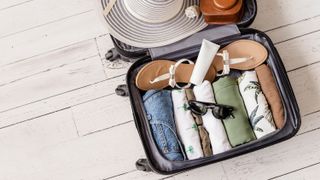
When you travel, you likely find yourself in many of the places on this list, especially transit and hotels. But it’s not just you that is being exposed — so is your suitcase. Suitcases spend hours nestled against other suitcases in the hold of a plane, then more time being transported to the accommodation, before spending multiple hours in the hotel room. This provides ample opportunity for a bed bug to hitch a ride and bide its time until it can more permanently settle into bedding, clothing or other furnishings.
Where possible, avoid fabric suitcases that will provide a more hospitable home to bed bugs. Hard shell suitcases will be less appealing to the insects and also make it harder for them to hide without being detected. After a long trip, take some time to inspect your suitcase as an additional precaution — and don’t forget to check the inside as well.
More from Tom's Guide
Madeleine Streets is a writer and content manager based in New York City. She covers an eclectic mix of lifestyle, technology, finance and health and has been published in Tom's Guide, Women's Wear Daily, SELF, Observer, Footwear News and others. Originally from London, Madeleine has a penchant for tea, baking and moody weather. When she’s not writing, you can find her exploring the city’s bookstores, hunting down new restaurants, fostering cats and cheering on Arsenal FC.

